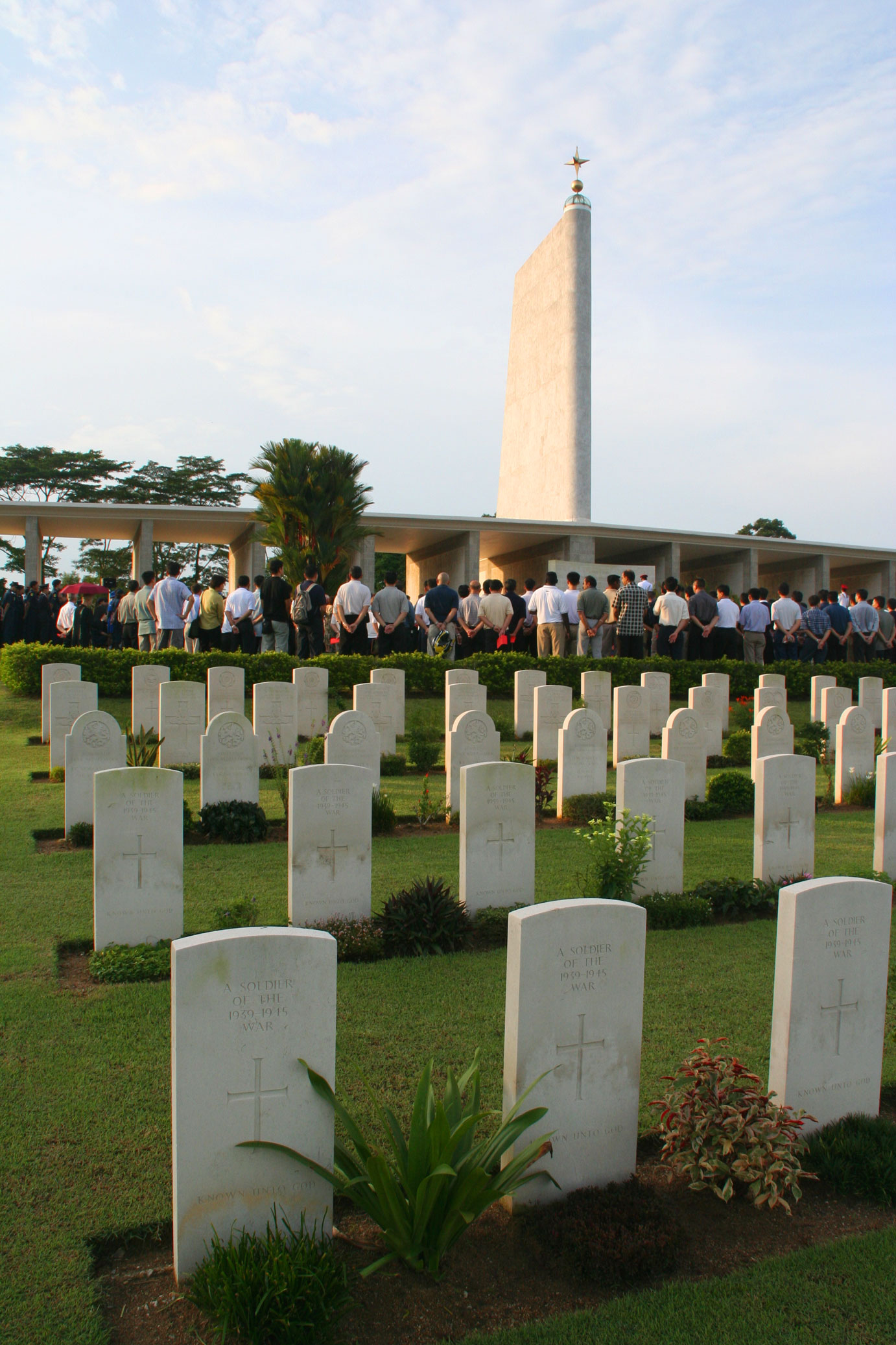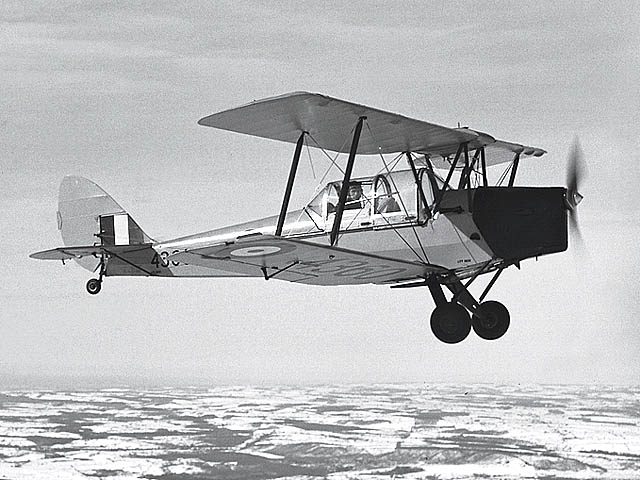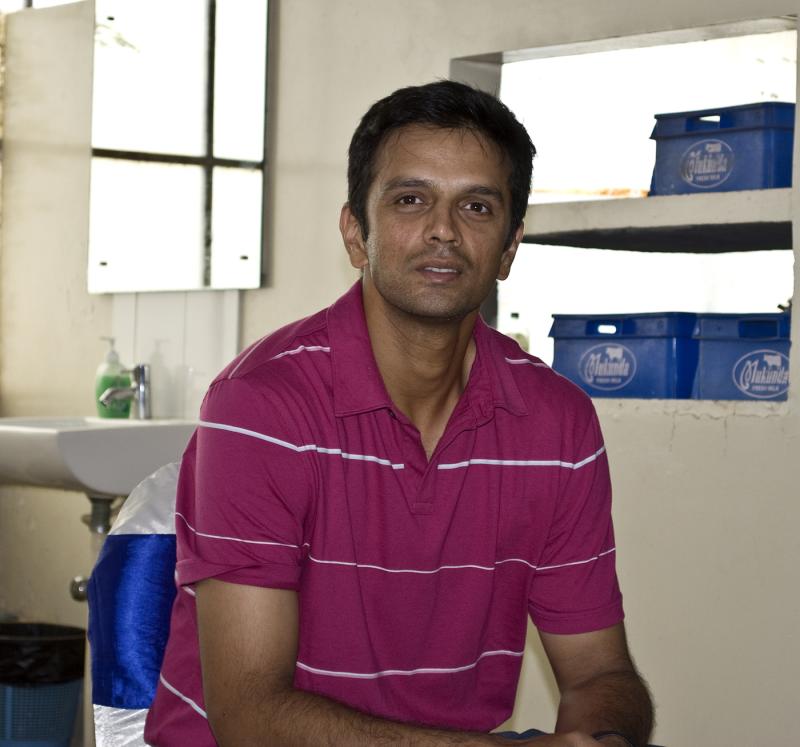|
Alec Wills
Alec Percy Stanley Wills (11 March 1911 – 7 November 1941) was an English first-class cricketer and Royal Air Force officer. Enlisting in the Royal Air Force from Haileybury in 1932, Wills played first-class cricket for the Combined Services cricket team, before being posted to Malaya in the Second World War, where he was killed in a plane accident in November 1941. Life and military career Born at Trincomalee in British Ceylon, Wills was educated in England at Haileybury. After leaving Haileybury, Wills was commissioned into the Royal Air Force as a pilot officer in January 1932, with confirmation in the rank in December 1932. He was promoted to the rank of flying officer in July 1933. Three years later, in July 1936, Wills was promoted to the rank of flight lieutenant. He played cricket for the Royal Air Force cricket team in 1936, in a minor match against the Royal Navy at Lord's, with Wills excelling in the match with a half century and bowling figures of 6 for 71. He ... [...More Info...] [...Related Items...] OR: [Wikipedia] [Google] [Baidu] |
Trincomalee
Trincomalee (; , ; , ), historically known as Gokanna and Gokarna, is the administrative headquarters of the Trincomalee District and major resort port city of Eastern Province, Sri Lanka, Eastern Province, Sri Lanka. Located on the east coast of the island overlooking the Trincomalee Harbour, Trincomalee has been one of the main centres of Sri Lankan Tamil dialects, Sri Lankan Tamil speaking culture on the island for nearly a millennium. With a population of 99,135, the city is built on a peninsula of the same name, which divides its inner and outer harbours. It is home to the famous Koneswaram temple from where it developed and earned its historic Tamil name ''Thirukonamalai''. The town is home to other historical monuments such as the Pathirakali Amman Temple, Bhadrakali Amman Temple, Trincomalee, the Trincomalee Hindu Cultural Hall and, opened in 1897, the R. K. M. Sri Koneswara Hindu College, Trincomalee Hindu College. Trincomalee is also the site of the Trincomalee railway s ... [...More Info...] [...Related Items...] OR: [Wikipedia] [Google] [Baidu] |
Royal Navy Cricket Club
The Royal Navy Cricket Club is a cricket team representing the British Royal Navy and based at the United Services Recreation Ground, Portsmouth, Hampshire. The club was formed in 1863, although cricket is recorded as having been played by seamen since at least the 17th century. Between 1912 and 1929 some of the Navy's matches had first-class status, particularly those against other branches of the services, although they also played Cambridge University, MCC, and - in 1927 - the touring New Zealanders. Additionally, in both 1910 and 1911 a combined Army and Navy side played a first-class fixture against a combined Oxford and Cambridge side. The inter-services competition against the Army An army, ground force or land force is an armed force that fights primarily on land. In the broadest sense, it is the land-based military branch, service branch or armed service of a nation or country. It may also include aviation assets by ... and RAF still continues, although it ... [...More Info...] [...Related Items...] OR: [Wikipedia] [Google] [Baidu] |
People From Trincomalee
The term "the people" refers to the public or common mass of people of a polity. As such it is a concept of human rights law, international law as well as constitutional law, particularly used for claims of popular sovereignty. In contrast, a people is any plurality of persons considered as a whole. Used in politics and law, the term "a people" refers to the collective or community of an ethnic group or nation. Concepts Legal Chapter One, Article One of the Charter of the United Nations states that "peoples" have the right to self-determination. Though the mere status as peoples and the right to self-determination, as for example in the case of Indigenous peoples (''peoples'', as in all groups of indigenous people, not merely all indigenous persons as in ''indigenous people''), does not automatically provide for independent sovereignty and therefore secession. Indeed, judge Ivor Jennings identified the inherent problems in the right of "peoples" to self-determination, as i ... [...More Info...] [...Related Items...] OR: [Wikipedia] [Google] [Baidu] |
1941 Deaths
The Correlates of War project estimates this to be the deadliest year in human history in terms of conflict deaths, placing the death toll at 3.49 million. However, the Uppsala Conflict Data Program estimates that the subsequent year, 1942, was the deadliest such year. Death toll estimates for both 1941 and 1942 range from 2.28 to 7.71 million each. Events Below, the events of World War II have the "WWII" prefix. January * January– August – 10,072 men, women and children with mental and physical disabilities are asphyxiated with carbon monoxide in a gas chamber, at Hadamar Euthanasia Centre in Germany, in the first phase of mass killings under the Aktion T4 program here. * January 1 – Thailand's Prime Minister Plaek Phibunsongkhram decrees January 1 as the official start of the Thai solar calendar new year (thus the previous year that began April 1 had only 9 months). * January 3 – A decree (''Normalschrifterlass'') promulgated in Germany by Martin ... [...More Info...] [...Related Items...] OR: [Wikipedia] [Google] [Baidu] |
1911 Births
Events January * January 1 – A decade after federation, the Northern Territory and the Australian Capital Territory are added to the Commonwealth of Australia. * January 3 ** 1911 Kebin earthquake: An earthquake of 7.7 Moment magnitude scale, moment magnitude strikes near Almaty in Russian Turkestan, killing 450 or more people. ** Siege of Sidney Street in London: Two Latvian people, Latvian anarchists die, after a seven-hour siege against a combined police and military force. Home Secretary Winston Churchill arrives to oversee events. * January 4 – Comparison of the Amundsen and Scott expeditions, Amundsen and Scott expeditions: Robert Falcon Scott's British Terra Nova Expedition, ''Terra Nova'' Expedition to the South Pole arrives in the Antarctic and establishes a base camp at Cape Evans on Ross Island. * January 5 – Egypt's Zamalek SC is founded as a general sports and Association football club by Belgian lawyer George Merzbach as Q ... [...More Info...] [...Related Items...] OR: [Wikipedia] [Google] [Baidu] |
Kranji War Cemetery
The Kranji War Cemetery is located in Kranji, Singapore, and is the final resting place for Allied soldiers who perished during the Battle of Singapore and the subsequent Japanese occupation of the island from 1942 to 1945 and in other parts of Southeast Asia during World War II. There are 4,461 World War II casualties buried or commemorated at this cemetery, of which more than 850 are unidentified. There are 64 World War I headstones, of which three commemorate casualties known to have been buried elsewhere but whose graves could not be found on concentration. Adjacent to the War Cemetery is the Kranji Military Cemetery, also administered by the Commonwealth War Graves Commission. History The Kranji area was previously a military camp. At the time of the Japanese invasion of Malaya, the area was in use as an ammunition magazine. After the fall of Singapore, the Japanese established a prisoner-of-war camp at Kranji and a hospital nearby at Woodlands. After the war, in 1946 ... [...More Info...] [...Related Items...] OR: [Wikipedia] [Google] [Baidu] |
Kallang Airport
Kallang Airport (also known as the Kallang Aerodrome, Kallang Airfield and RAF Kallang) was the first purpose-built civil international airport in Singapore. It was officially opened on 12 June 1937 and was closed in 1955, when its operations were relocated to Paya Lebar. At its greatest extent, the airport, which was situated on the eastern shore of the Kallang Basin, spanned the modern planning areas of Kallang and Geylang. The conserved remains of the airport, including its terminal building, are located wholly within Kallang. Boasting an anchorage area for seaplanes along the airport's perimeter on the Kallang Basin, the Kallang Airport was hailed as "the finest airport in the British Empire" at that time. Famous aviator Amelia Earhart once described it as "an aviation miracle of the East". Construction of the Kallang Airport began in 1931 with of mangrove swampland being reclaimed. It resulted in the displacement of a large Malay community to the area around Jalan ... [...More Info...] [...Related Items...] OR: [Wikipedia] [Google] [Baidu] |
Brewster F2A Buffalo
The Brewster F2A Buffalo is an American fighter aircraft which saw service early in World War II. Designed and built by the Brewster Aeronautical Corporation, it was one of the first U.S. monoplanes with an arrestor hook and other modifications for aircraft carriers. The Buffalo won a competition against the Grumman F4F Wildcat in 1939 to become the U.S. Navy's first monoplane fighter aircraft. Although superior to the Grumman F3F biplane it replaced, and the early F4Fs,Wheeler 1992, p. 58. the Buffalo was largely obsolete when the United States entered the war, being unstable and overweight, especially when compared to the Japanese Mitsubishi A6M Zero. Several nations, including Finland, Belgium, Britain and the Netherlands, ordered the Buffalo. The Finns were the most successful with their Buffalos, flying them in combat against early Soviet fighters with excellent results.Ethell 1995, p. 212. During the Continuation War of 1941–1944, the B-239s (de-navalized F2A-1s) op ... [...More Info...] [...Related Items...] OR: [Wikipedia] [Google] [Baidu] |
De Havilland Tiger Moth
The de Havilland DH.82 Tiger Moth is a 1930s British biplane designed by Geoffrey de Havilland and built by the de Havilland, de Havilland Aircraft Company. It was operated by the Royal Air Force (RAF) and other operators as a primary trainer (aircraft), trainer aircraft. In addition to the type's principal use for ''ab initio'' training, the World War II, Second World War had RAF Tiger Moths operating in other capacities, including Maritime patrol aircraft, maritime surveillance and defensive anti-invasion preparations; some aircraft were even outfitted to function as armed light bombers. The Tiger Moth remained in service with the RAF until it was replaced by the de Havilland Canada DHC-1 Chipmunk, de Havilland Chipmunk during the early 1950s. Many of the military surplus aircraft subsequently entered into civilian operation. Many nations have used the Tiger Moth in both military and civilian applications, and it remains in widespread use as a recreational aircraft. It is s ... [...More Info...] [...Related Items...] OR: [Wikipedia] [Google] [Baidu] |
British Malaya
The term "British Malaya" (; ) loosely describes a set of states on the Malay Peninsula and the island of Singapore that were brought under British Empire, British hegemony or control between the late 18th and the mid-20th century. Unlike the term "British Raj, British India", which excludes the Indian princely states, British Malaya is often used to refer to the Federated Malay States, Federated and the Unfederated Malay States, which were British protectorates with their own local rulers, as well as the Straits Settlements, which were under the sovereignty and direct rule of the British Crown, after a period of control by the East India Company. Before the formation of the Malayan Union in 1946, the territories were not placed under a single unified administration, with the exception of the immediate post-war period when a British military officer became the temporary administrator of Malaya. Instead, British Malaya comprised the Straits Settlements, the Federated Malay State ... [...More Info...] [...Related Items...] OR: [Wikipedia] [Google] [Baidu] |
Over (cricket)
In cricket, an over consists of six legal deliveries bowled from one end of a cricket pitch to the player batting at the other end, almost always by a single bowler. A maiden over is an over in which no runs are scored that count against the bowler (so leg byes and byes may be scored as they are not counted against the bowler). A wicket maiden is a maiden over in which a wicket is also taken. Similarly, double and triple wicket maidens are when two and three wickets are taken in a maiden over. After six deliveries the umpire calls 'over'; the fielding team switches ends, and a different bowler is selected to bowl from the opposite end. The captain of the fielding team decides which bowler will bowl any given over, and no bowler may bowl two overs in succession. Overview An over consists of six legal deliveries (although overs of different lengths have been used in the past, including four and eight). If the bowler bowls a wide or a no-ball, those deliveries are not coun ... [...More Info...] [...Related Items...] OR: [Wikipedia] [Google] [Baidu] |
United Services Recreation Ground
The United Services Recreation Ground is a sports ground situated in Burnaby Road, Portsmouth, Hampshire, England. The ground is also bordered to the north by Park Road, along which the railway line to Portsmouth Harbour and Gunwharf Quays overlooks the ground, and to the east by Anglesea Road. The southern end of the ground is dominated by the Officer's Club building, which overlooks the ground. The ground is owned by The Crown. A multitude of sports have been played at the ground, including cricket, rugby, association football and hockey. The ground was used by Hampshire County Cricket Club from 1882 to 2000, serving as one of three home grounds used during this period, alongside the County Ground, Southampton, and Dean Park, Bournemouth. United Services Portsmouth Cricket Club currently play at the ground. The ground is used in its dual capacity as a rugby venue by United Services Portsmouth Rugby Football Club, who have played there since 1882. The Royal Navy Rugb ... [...More Info...] [...Related Items...] OR: [Wikipedia] [Google] [Baidu] |






